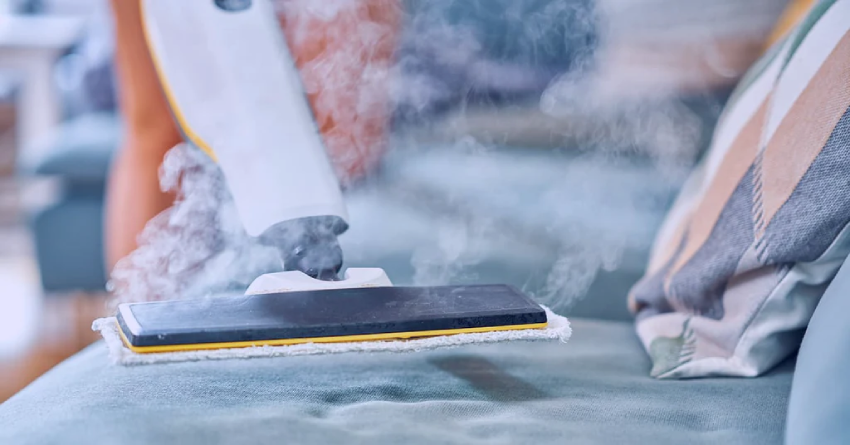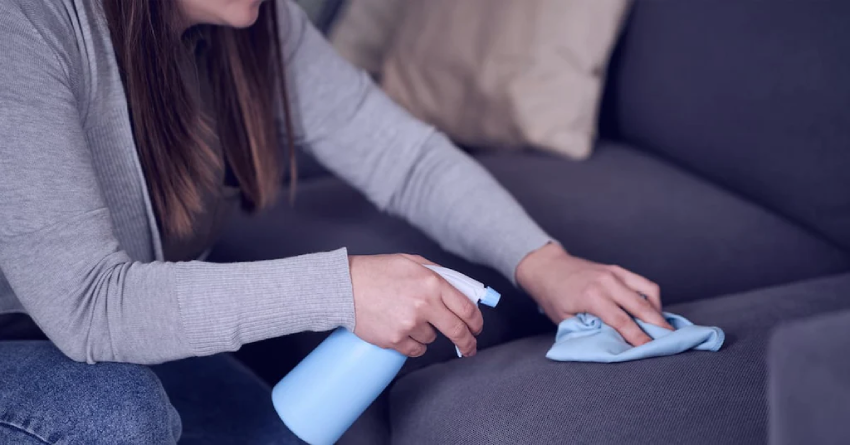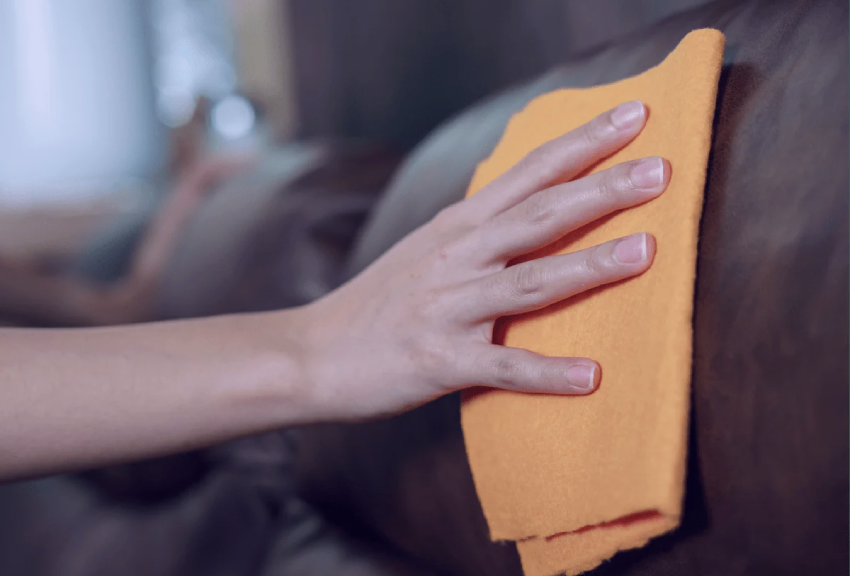Step-by-Step Velvet Cleaning
Start the velvet revival by meticulously vacuuming the surface using the upholstery attachment. This will remove dirt and dust without agitating the fabric’s nap. Ensure the process is thorough yet practiced with a careful, feather-light touch to maintain velvet’s plush texture. Be certain to vacuum along the nap of the velvet to avoid unwanted texture changes or damage.
If you’re dealing with a stubborn stain, don’t panic. Apply a mild cleaning solution that works for your velvet’s delicate pile onto a soft microfiber cloth. Gently blot the stain, refraining from rigorous rubbing that could bruise the velvet’s delicate surface. Patience and finesse are essential here to restore its elegant demeanor.
Spot Cleaning Technique
When a spill happens, immediate action is key to preventing the stain from setting into the velvet’s fine pile. Blot—don’t rub to absorb the spill.
Use a clean, dry cloth or a paper towel for initial blotting. Avoid colored materials to prevent dye transfer.
Prepare a mild cleaning solution by diluting dish soap in water—aim for a concoction gentle enough not to harm the velvet’s pile. Before proceeding, test this solution on an inconspicuous spot on your velvet to ensure it does not affect colorfastness or texture.
With your tested solution, dampen a soft, white microfiber cloth and gently blot the stained area, starting from the outside and working your way in to contain the spill. Never over wet or scrub; these actions can cause watermarks and irreversible pile damage. If necessary, you can use a hairdryer on a cool setting to help dry the area more quickly. It’s important to do so from a distance to avoid concentrating heat on the fabric. Remember, even though you’re spot-cleaning a stain, you’re treating a delicate material that demands a gentle hand.
Hand Washing Velvet
Gently submerge the velvet item in a basin filled with lukewarm water to begin the cleaning process. Keep the fabric fully supported to avoid stress.
In the water, add a teaspoon of mild detergent tailored for delicate fabrics, ensuring thorough distribution without agitating the velvet too drastically. This will create a gentle cleansing bath.
Proceed to press the suds through the velvet fibers softly. It’s paramount to avoid wringing or twisting the material to maintain the integrity of its sumptuous texture and appearance.
After a few minutes of gentle treatment, carefully drain the basin and refill with fresh, clean water for rinsing. Repeat this step to ensure all soap residues are removed from the velvet.
Lastly, lay the velvet flat on a dry towel, rolling them together to extract excess water softly. Air dry away from heat or direct sunlight to preserve plushness and color.
Machine Washing Considerations
Is it safe to machine wash velvet? This question looms heavily for anyone tasked with the upkeep of soft furnishings. The answer depends on the type of velvet and the machine’s settings.
Certain velvets, such as crushed or polyester-based velvet, can tolerate a machine wash on a gentle cycle. It’s imperative to use cold water and a mild, velvet-friendly detergent to prevent damage.
However, the traditional luxuries of silk or rayon velvet should never face the mechanical rigor of a washing machine. The action can be too abrasive, marring the fabric’s delicate pile.
If you decide the risk is low and wish to machine wash, always place the velvet inside a mesh laundry bag. This serves as a buffer, reducing friction and offering additional protection during the wash cycle.
Remember to select a low-spin option and remove the item promptly after the cycle completes. This minimizes wrinkle formation and helps maintain the elegant drape and texture of the velvet.


